All of our Android apps have been updated for the Google PlayStore and Amazon Fire tables.
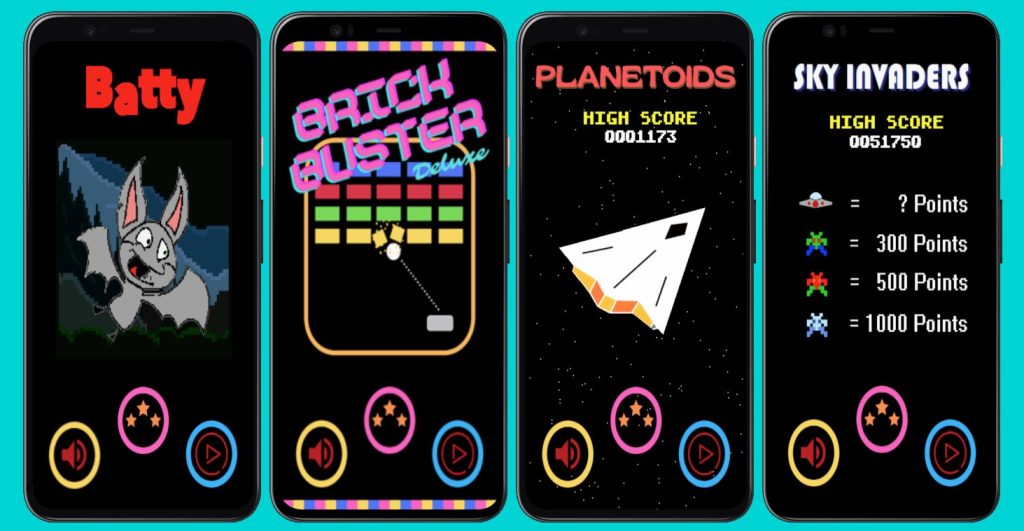

Introducing “Parachute Rescue”, the retro-inspired game currently in a beta release that will take you on a thrilling adventure to save falling parachute divers from the jaws of hungry sharks! In Parachute Rescue, players take control of a small rowboat and navigate through treacherous waters to rescue parachute divers who have fallen from the sky.
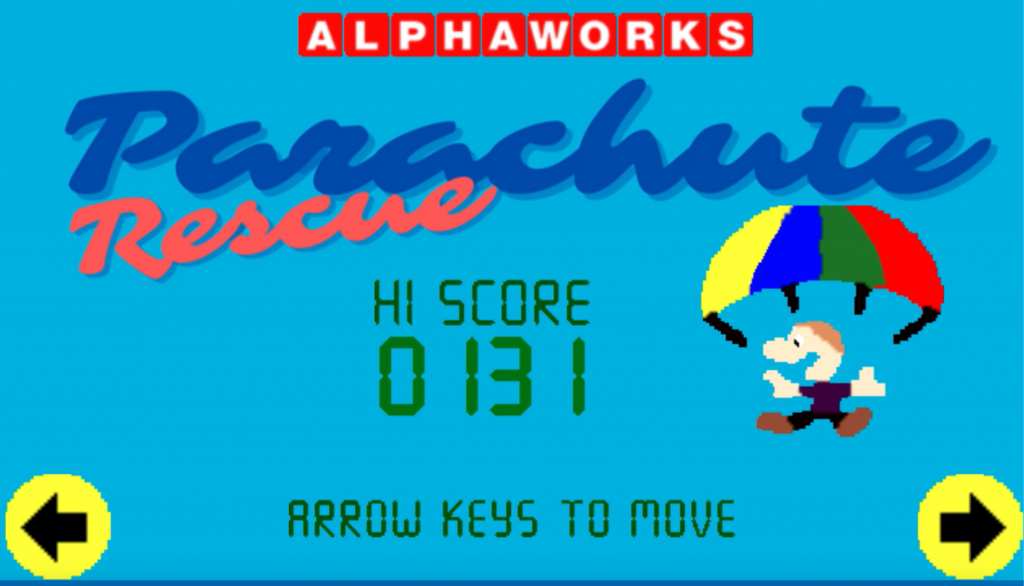
As you play, you’ll encounter various challenges, including rough seas, treacherous rocks, and the ever-present threat of hungry sharks. You must have quick reflexes and a steady hand as you maneuver your rowboat to save the parachute divers before they fall into the water.
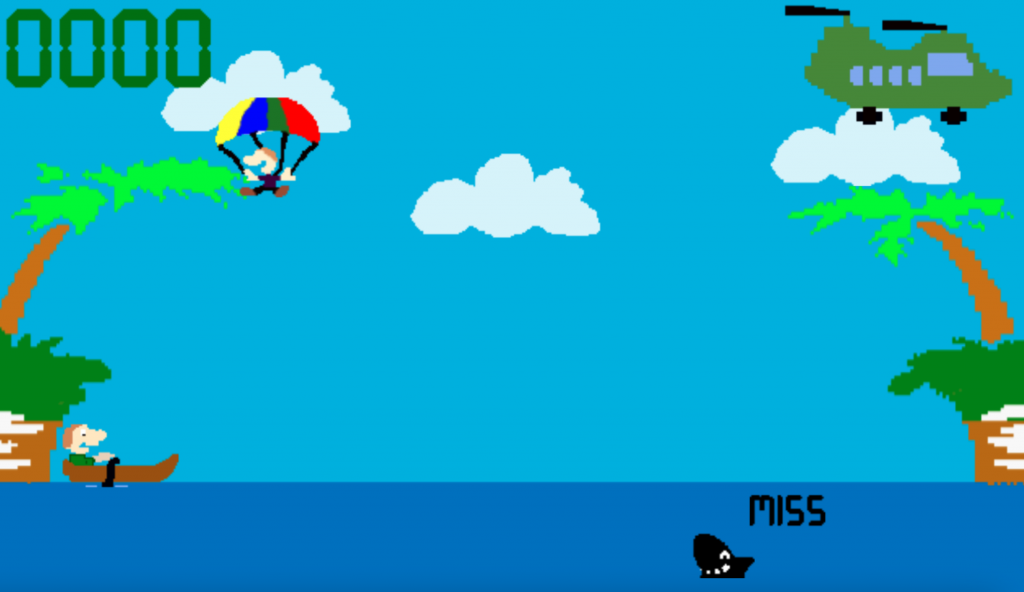
The game features a nostalgic 8-bit art style reminiscent of classic arcade games of the 80s and a chiptune-inspired soundtrack that will keep you engaged and entertained as you play. The gameplay is simple and intuitive, making it easy for players of all ages and skill levels to pick up and play.
Parachute Rescue is available on PC, Mac, iOS and Android, so you can play it wherever you go. It’s a perfect game for those who love classic arcade games and want to relive the nostalgia of the 80s and for those who are new to the genre and want to experience the fun and excitement of retro-inspired gaming.
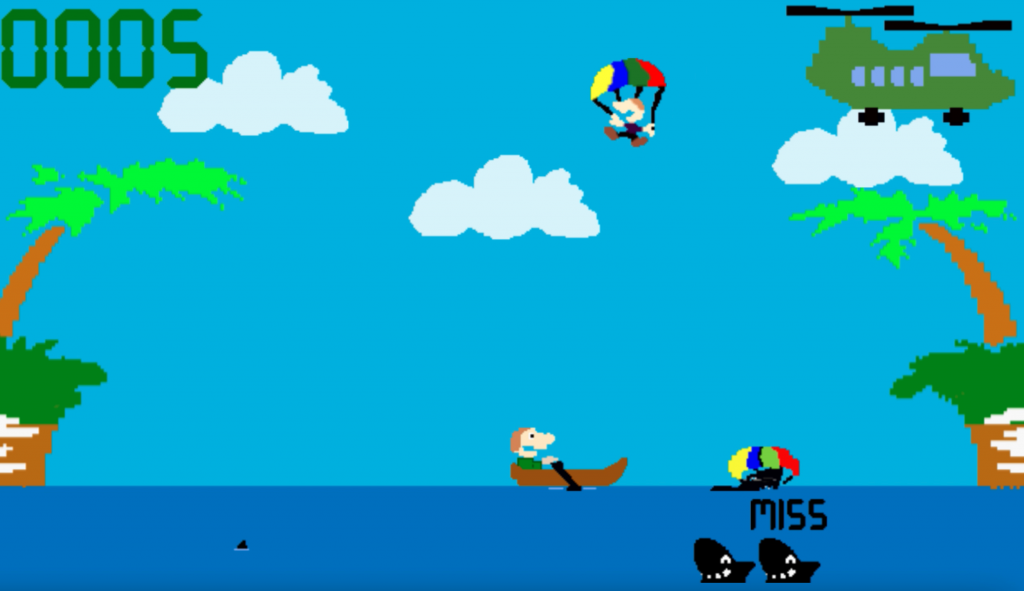
So grab your rowboat and set sail to rescue those parachute drivers! Parachute Rescue is available now and will surely be a hit with gamers of all ages.
Had a few nights free recently so was inspired to create a simple game for the unexpanded Commodore VIC – 20 using BASIC v2.0. For those who have programmed the VIC 20 in BASIC realise that you only have 3.5KB of memory in this configuration.
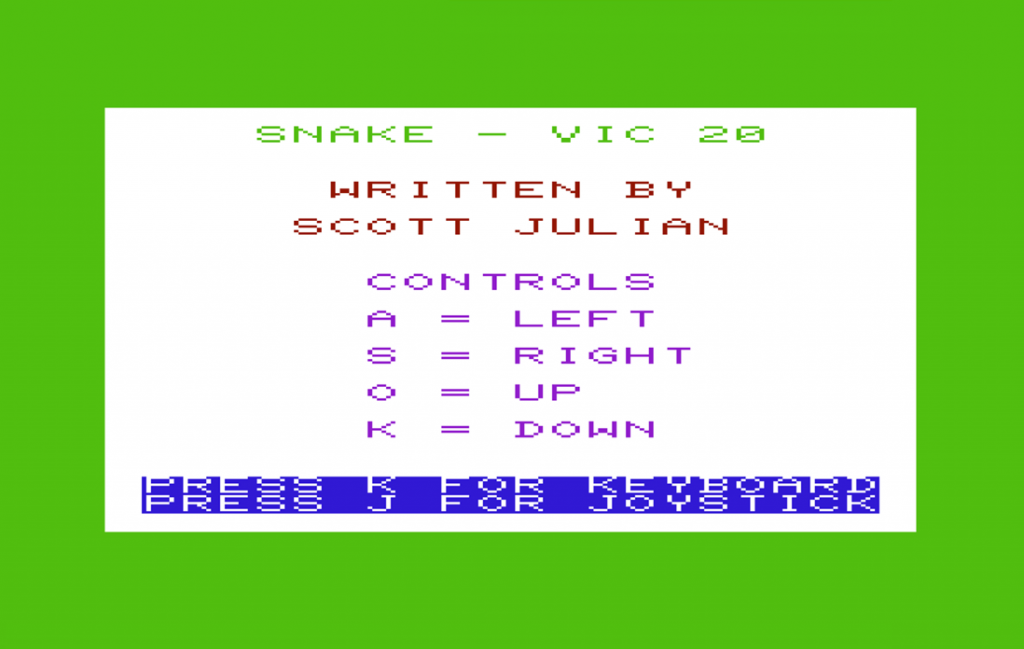
The inspiration for Snake came from watching ‘The Coding Train‘ on Youtube where a Snake game was created for the Apple II in BASIC. The reason for targeting the VIC was that memory limitation increased the challenge and the ability for using colour, sound and a joystick or keyboard for a controller which were key to the VIC – 20 success.
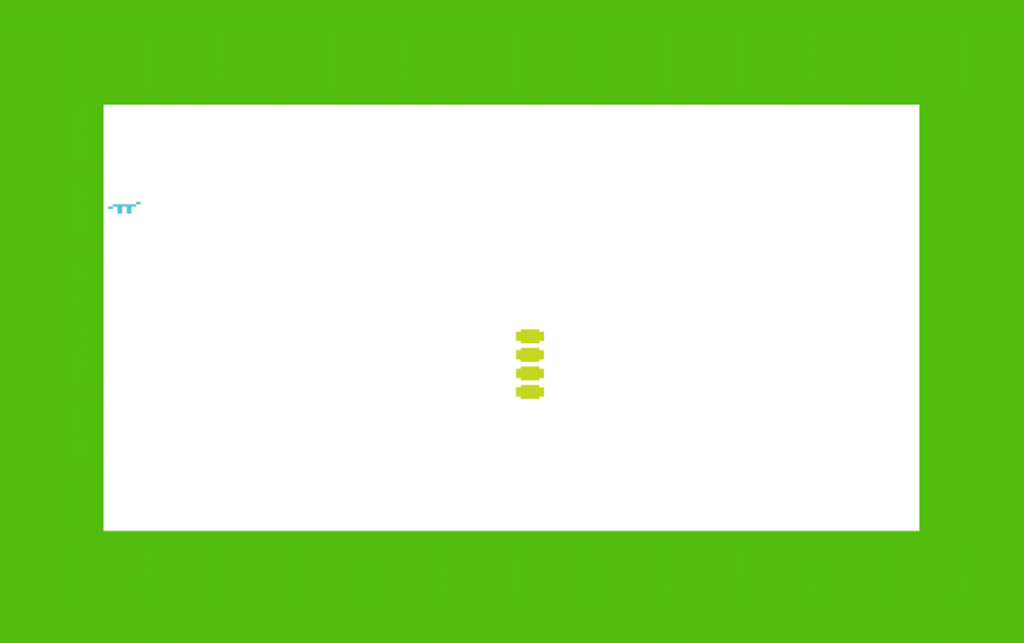
Like traditional versions of SNAKE you start with a snake of one segment and eat time you eat some food in this case the pi symbol (which looks like a RAT) your snake increases in size by one more segment.
You snake can grow to 20 segments (memory limits) but be careful as if you eat yourself then the game will end. Also if you go off the size of the screen either top or bottom you may die… To add some challenge going off the sides might wrap the screen or if may kill your snake so be careful and only try it if you feel very lucky 🙂
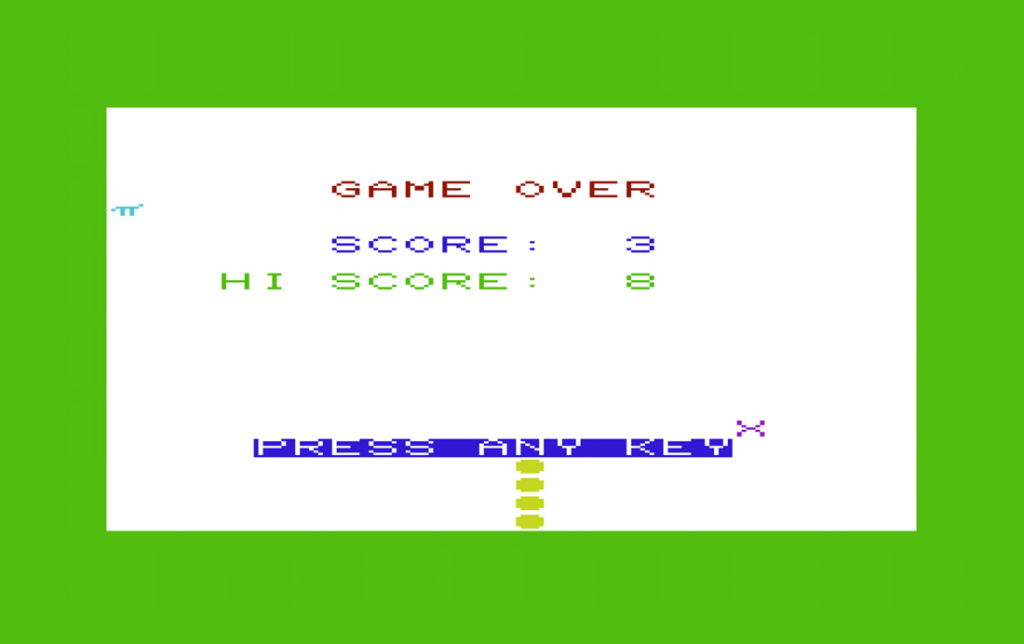
You can view the VIC 20 source code and download for Snake here.
It’s been a long time since all four of our Android games have updated, in fact some of them haven’t seen a new code release since 2015. The good news is that they haven’t crashed or failed in all that time.
This year both Google and Amazon have imposed some requirements for new minimums for API and build so over the past six weeks all of them have been given a complete overhaul including improvements to game play.
Three of our titles have already been updated on the Google Play Store and the Amazon App Store for Fire Tables with the last app being submitted tonight. All going well this will also be approved and available for download or update later this week.
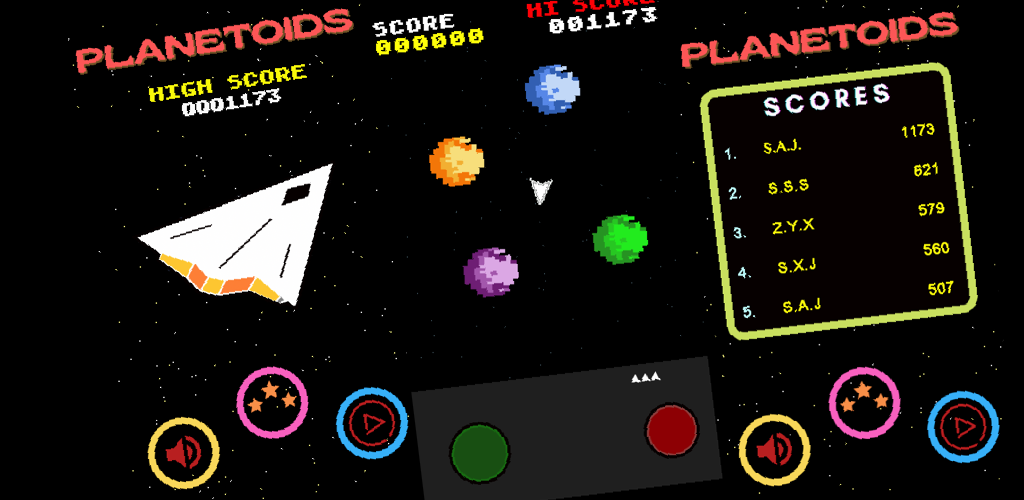
If you like Retro style games please take a minute to download and play our titles, they are free and fun.
Sky Invaders (Google Play) (Amazon)
Brick Buster (Goggle Play) (Amazon)
Batty (Google Play) (Amazon)
and soon look out for Planetoids (Google Play) (Amazon)
Always get a kick out of seeing products that I designed and built a long time ago turned up in the wild. This printed circuit board (PCB) was the 3rd revision of a design that had its origins in the late 1980s and was tidied up and manufactured in Australia in 2003.
In 2008 I was approached by the developers of a Commodore 64 game called Kikstart 2, and they wanted to put this game on a cartridge and sell it to the retro computer community. I helped burn the EEPROM and tested it, ensuring it would work, eventually supplying several PCBs, cartridge plastic cases, and clamshell plastic packaging, and shipped them to the UK.
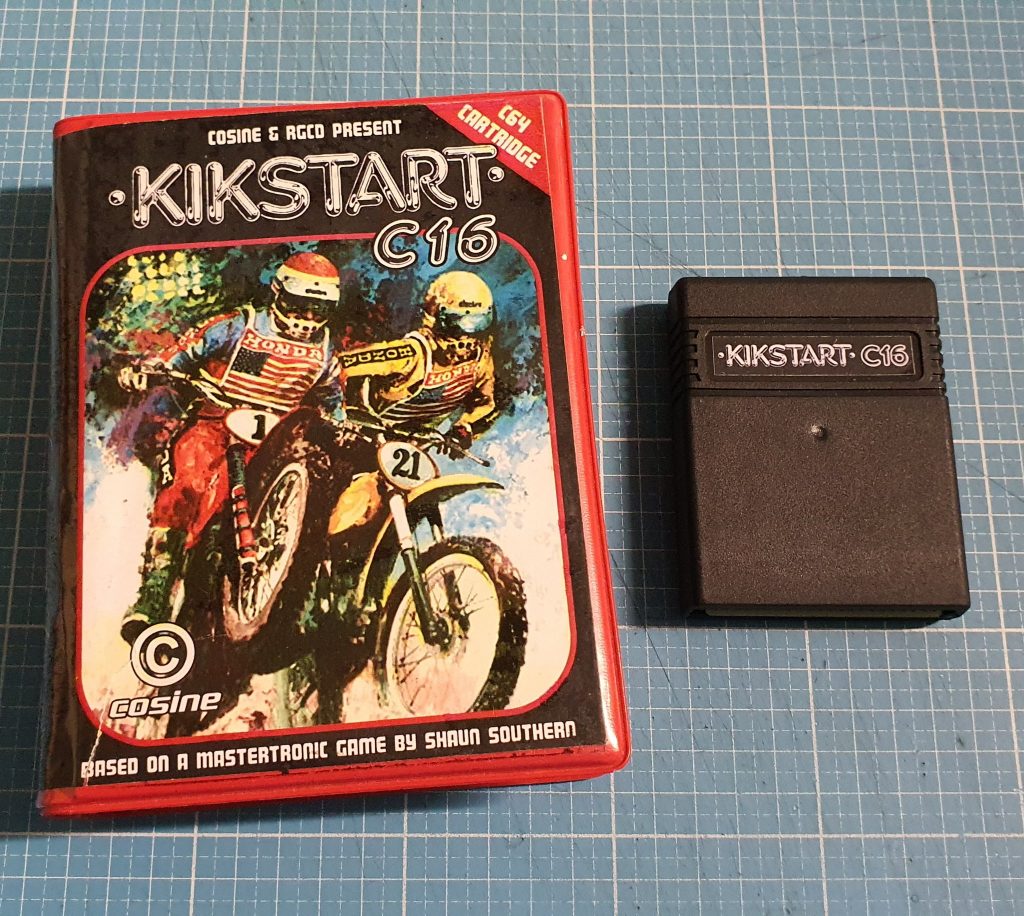
Fast forward 14 years, I noticed a collector from Switzerland mentioning his newest addition on Twitter. He included a few photos of the cartridge game opened displaying the Kikstart EEPROM and the PCB in the tweet.
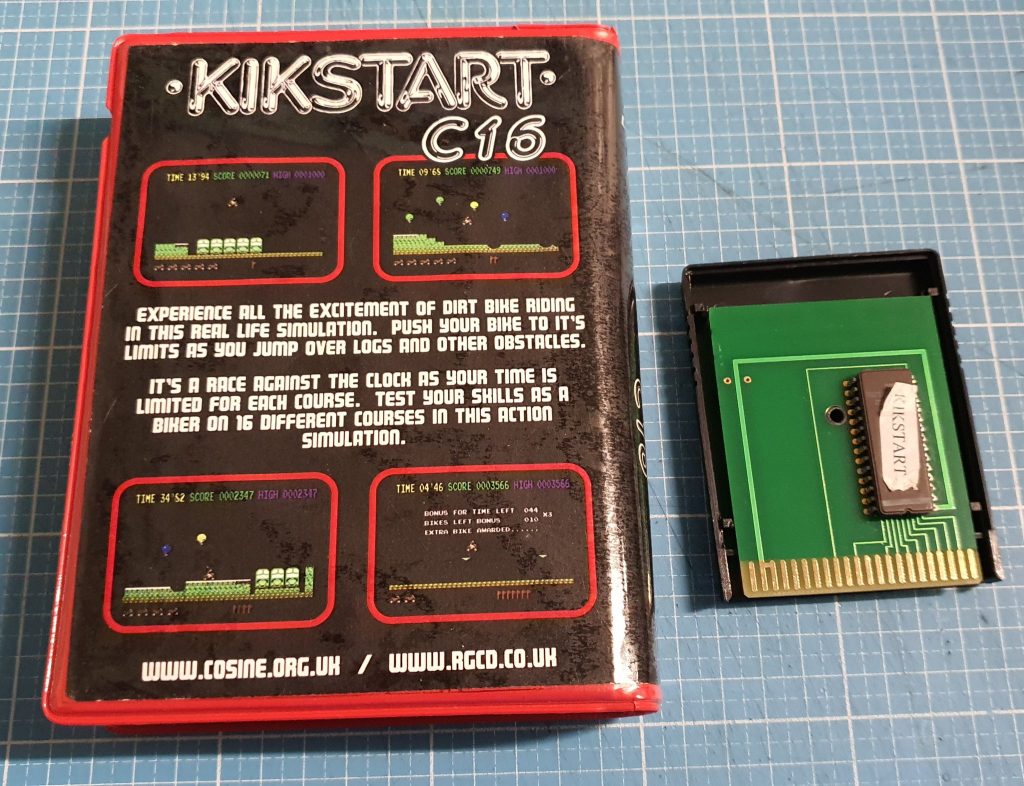
I tweeted back, mentioning that I designed and manufactured those PCBs, and if he would turn them over, he’d see Alphaworks on the back.
“Yes, you’re right; it’s an Alphaworks PCB. And what a beauty! 🙂 No unnecessary vias, straight up routing and an overall very clean layout. Congrats on that.”
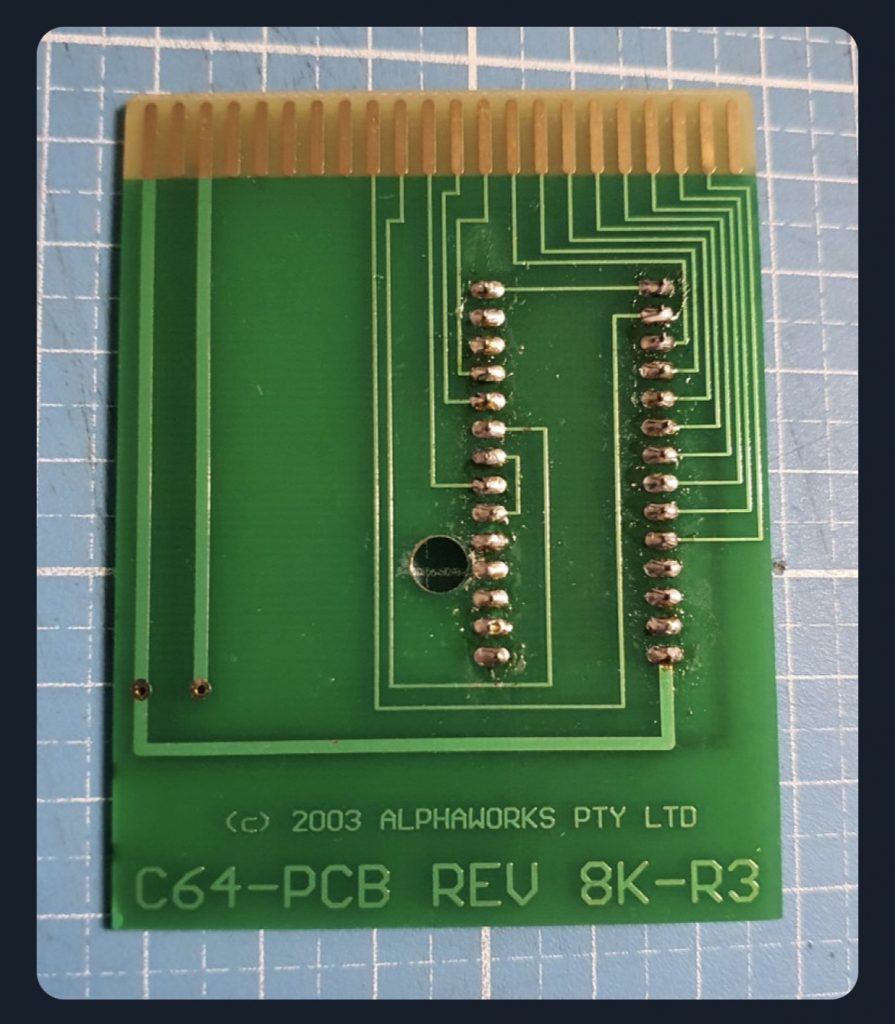
It’s always good to see your products in the wild, particularly many years after they left the production line, and most of all, they are still being enjoyed by those who own and use them.
A few years between code updates but I’ve finally gotten around to putting in a few hours on Brick Buster for the Amazon Fire tablets.
It you would like to take a look, download and have some fun the app can be found for free on the Amazon App store (HERE)
Just over twelve months ago I picked up an Amazon Fire TV with the plan to release a few games onto it. I though it would be fun to play the Alphaworks retro style titles on the big screen.

Well that was November 2019 and until now I haven’t spent much time with the Fire TV at all. In fact I only set it up to test that it worked and put it back in the box. But in September 2020 I needed to update some of my Fire tablet apps so spent sometime getting back into the Android ecosystem again.
Skip ahead almost half a year and I started playing around with the Fire TV, in fact I converted a game that I wrote 13 years ago for the Windows PC and to my surprise the conversion process worked extremely well, so well that tonight I had the game fully playable on the big screen and using the Fire TV remote as a controller.
Lunar Lander, my take on the classic game from the 70’s and originally written for the Windows PC and released to celebrate the 40th anniversary of the moon landing in 1969. The game is a simple easy to play retro style which allows you to attempt a number of different landings (pads) before you run out of fuel.
Using the Fire TV remote as a controller you can guid your Lunar Lander craft to one of three safe landing pads, but remember not to land too fast or you’ll crash. This limited fuel you need to see how many times you can land successfully and how many points you are able to score.
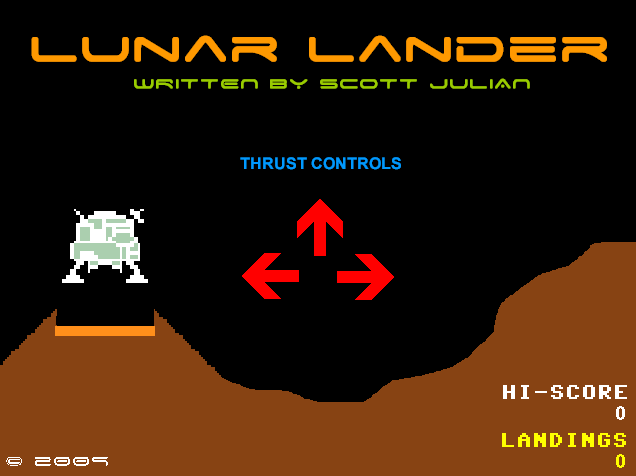
Before I submit for release via the Amazon App store I’ll need to do more testing, and more importantly add a few new features.
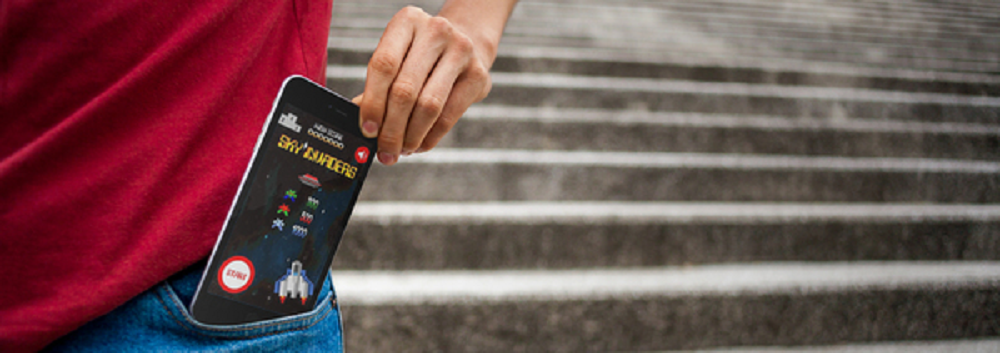
The official release of Sky Invaders for iOS occurred on 20th October 2012, followed in 2013 with versions for Android and Windows Phone (remember those).
My expectations were low, and I told myself that I’d learn to code mobile platforms and see if I can get a game published. I didn’t aim that high, but what I learnt was much more than coding a game.
So with the 8th anniversary just around the corner, I thought it was time to reflect on the three biggest lessons I learnt.
#1 Simple Design
Sky Invaders started as a simple alien invaders type of game, inspired, by countless arcade games from the late 1970s and early 1980s and the initial release followed the Nolan Bushnell design theory “a game should be simple to play, but hard to master”.
Gamers of a certain age seem to love the retro feel and repetitive gameplay (casual gaming), and we received plenty of lovely comments and feedback.
Then, somewhere around the release of v2, I thought I should make significant design changes, add levels, change the invaders. These changes, I thought, would make the game even more fun, but it turned out not to be so.
The element of easy to play and hard to master had been lost, and the type of feedback we received indicated that the fun had gone. No longer was the game a simple pick and play and then leave kind of game but it had turned into something that required more focus, more time and this wasn’t what the users wanted.
The lesson I learnt here was to remember the original concept, the initial goal and think that you have to add, change and re-engineer a working product continually.
Yes, enhance the game, improve the gameplay but don’t lose focus on the original goal.
#2 Test, test and test again,
Within days of the initial release, everything was going well. People were downloading the games, and I’d received some excellent feedback, but then an issue was reported.
It appears that in the higher levels of the game the invaders started behaving erratically. Not following the design patterns, but instead skipping all over the screen.
It was a bug which turned out not to be that big of a problem to fix, but it meant that version 1.1 would need be to released ASAP. So a mere 15 days after the initial release the bug fix went live.
So what was the lesson? Insufficient playtesting. I didn’t get the game into the hands of enough games before release and this ultimately impacted reviews.
While at the time I hadn’t learnt the lesson, but given time and another couple of examples like the one with an advert sticking to the screen covering game controls, I got the message.
#3 Focus
After my first game was published, I immediately started on game two and three; I pushed those out into the app stores. All the while still working on bugs and enhancements with Sky Invaders.
Trying flip between code bases, for iOS, Android and Windows Phone all within a short period meant that all three platforms and both games suffered from a lack of focus.
It became all hard to manage the codebase. Features implemented in one platform and not others, and areas such as marketing and communication were all forgotten.
I was on a roll, basically caught up in the excitement of publishing yet another game that I ended up doing an average job on the next couple of games I released.
So the lesson learnt here was don’t spread yourself too thin. It’s better to do one thing really well than multple things averagely.
The start of 2020 has been hugely productive, first, we released Batty for the Mac which had been a work in progress for a number of years but shelved due to other more pressing development and now we’ve released Planetoids for the Mac which has been out for a couple of weeks now and being downloaded all over the world.
This week we release a major update for Planetoids for iOS, where we have incorporated all the new designs from the Mac release plus a few extras just for mobile users.
It’s been far too long but over the past couple of months I’ve been working away on a new version of Batty for the Mac. Originally released a few years ago for Android phones this new version has been completely rewritten from the ground up.
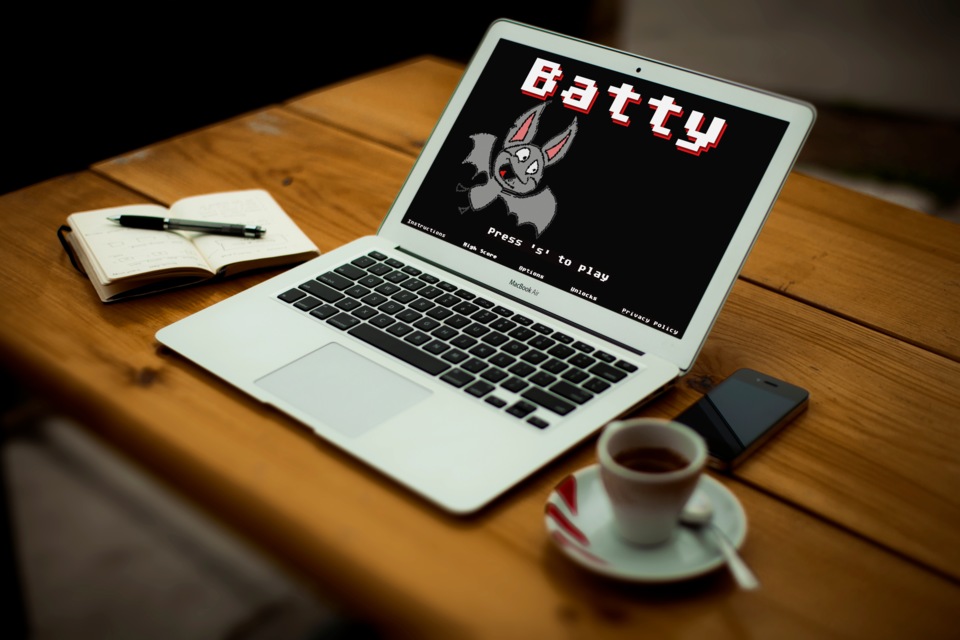
Batty is about 90% complete, runs fast and has been tested on a number of different Macs and monitor sizes.
UPDATE!!!
Batty for MacOS has now been released.